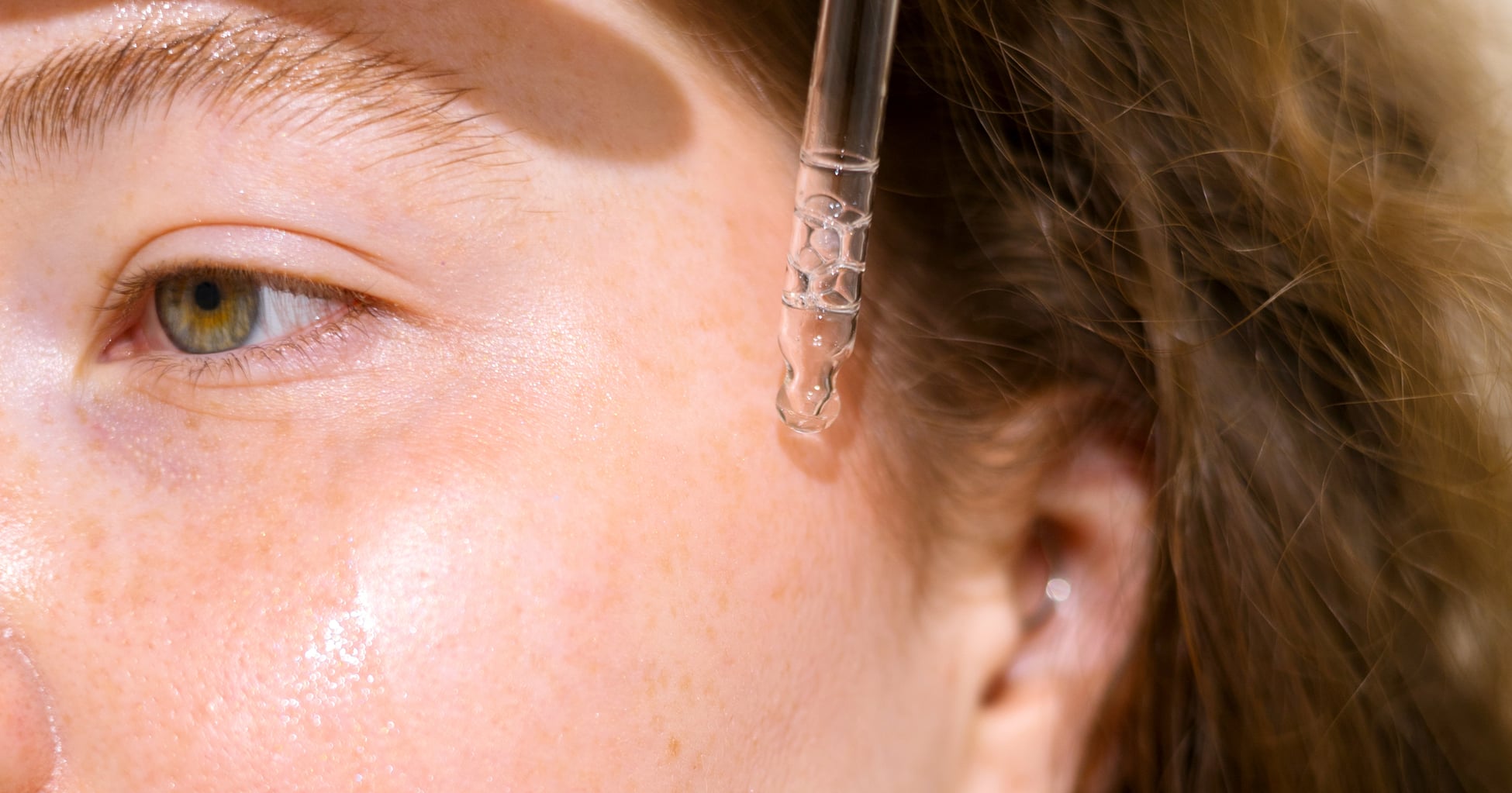While exfoliating is key to maintaining healthy skin, using products that have a rough texture or an aggressive formula risks damaging your skin barrier. When you exfoliate away dead skin cells from the outer layer of your skin, it increases cell turnover – your skin’s natural process that replaces dead skin cells with healthy ones. This makes your skin appear bright and healthy. If you’ve been put off by skin-care acids out of fear that you won’t be able to tolerate them, a reliable skin-care ingredient that will make you glow is malic acid.
Even if the ingredient sounds a bit unfamiliar, there’s a good chance you’ve used a facial cleanser or serum formulated with this alpha-hydroxy acid (AHA) derived from apples. Malic acid is used in many skin-care products because of its ability to clear dead skin cells, resulting in a brighter complexion and smoother texture. It has many other benefits too, which is why it’s becoming such a well-known and frequently used ingredient.
Implementing malic acid in your skin-care routine means the road to brighter-looking skin is ahead; however, it’s important to know all about any AHA you’re planning on using on your skin. To help understand how malic acid works, we asked an expert to give us the lowdown on the exfoliating component, including how to use it and if it is safe for sensitive skin.
What Is Malic Acid?
Naturally derived from fruits like apples, cherries, and even pears, malic acid is an AHA that can be “potentially beneficial for skin because of its ability to break up the ‘glue’ between dead skin cells,” board-certified dermatologist Rachel Nazarian, MD, tells POPSUGAR. This provides a “chemical exfoliation effect, which makes skin smoother, improves tone, and replaces old, aged, damaged skin with newer, fresher, and healthier skin,” she says.
Malic acid has a larger molecular size than its AHA counterparts, meaning it penetrates the skin at a lower rate. This makes it a relatively gentle option for exfoliation.
What Are Malic Acid’s Benefits For Skin?
Since malic acid is a chemical exfoliant, it aids in exfoliating or removing dead cells from the outermost layer of the skin. In the process, it helps diminish the appearance of discoloration and treat fine lines and wrinkles. In addition, malic acid can help unclog pores, resulting in a brighter and more radiant-looking complexion, and it can be beneficial in treating melasma, according to a study published in the Journal of Drugs in Dermatology.
However, according to the International Journal of Toxicology, there is not enough available information to determine if it is safe to use while pregnant or breastfeeding, which is why it’s important to err on the side of caution when using skin care formulated with malic acid.
How to Use Malic Acid For Skin
How you use malic acid in your skin-care regimen is totally dependent on your preference and skin type. However, it’s worth noting that Dr. Nazarian doesn’t recommend using it alone as your primary source of exfoliation. “The clinical evidence and studies on malic acid are far more limited than other common exfoliants that we use in skin care.”
Malic acid has long been used as a supportive player in the ingredient list as a pH (the degree of acidity or alkalinity) adjuster in formulations. You can think of it as a supporting actor if you will. Opting for products that include components like vitamin C, glycerin, and hyaluronic acid will allow your skin to experience the benefits of malic acid while reducing the possibility of irritating.
You can find malic acid listed as an ingredient in various acne and facial cleansers, night creams, and serums.
No matter how you use it, especially when you’re just starting out, Dr. Nazarian recommends applying it to the skin in moderation – once a week at most – and monitoring for irritation and overdrying of the skin. Once your skin can handle it, you can slowly increase the frequency of use.
Is Malic Acid Safe For Sensitive Skin?
Generally, malic acid is fairly gentle on skin. However, if you consider yourself to be very reactive, Dr. Nazarian suggests proceeding with caution and doing a patch test on a discrete area of your body before using it on your entire face. It has the ability to improve moisture and add hydration to skin as a humectant, but she says overall, “it can be quite irritating to many sensitive skin types.”
If you find that your skin is way too sensitive for malic acid, she recommends using other tried-and-true chemical exfoliants that are known to be gentle on the skin, such as products made with glycolic acid and lactic acid. To ensure your skin is getting the moisture it needs and then some, you can apply a hyaluronic-acid-based serum to your skin before applying malic acid.
If irritation does arise, she suggests applying hydrating fatty acids to the skin, such as coconut oil, avocado oil, or shea butter, to counteract it.




